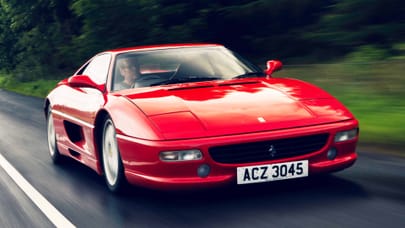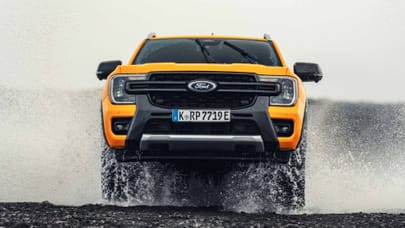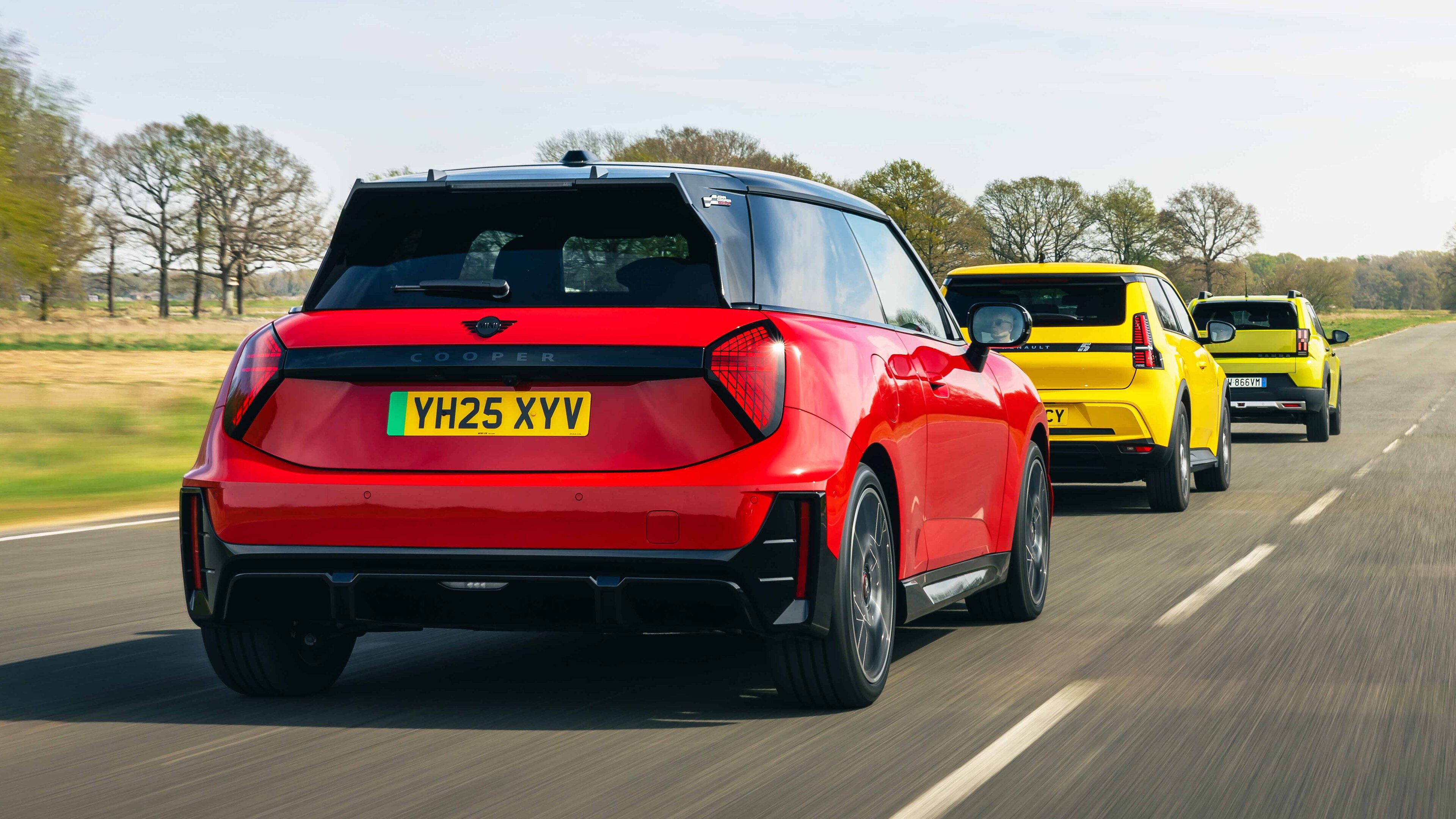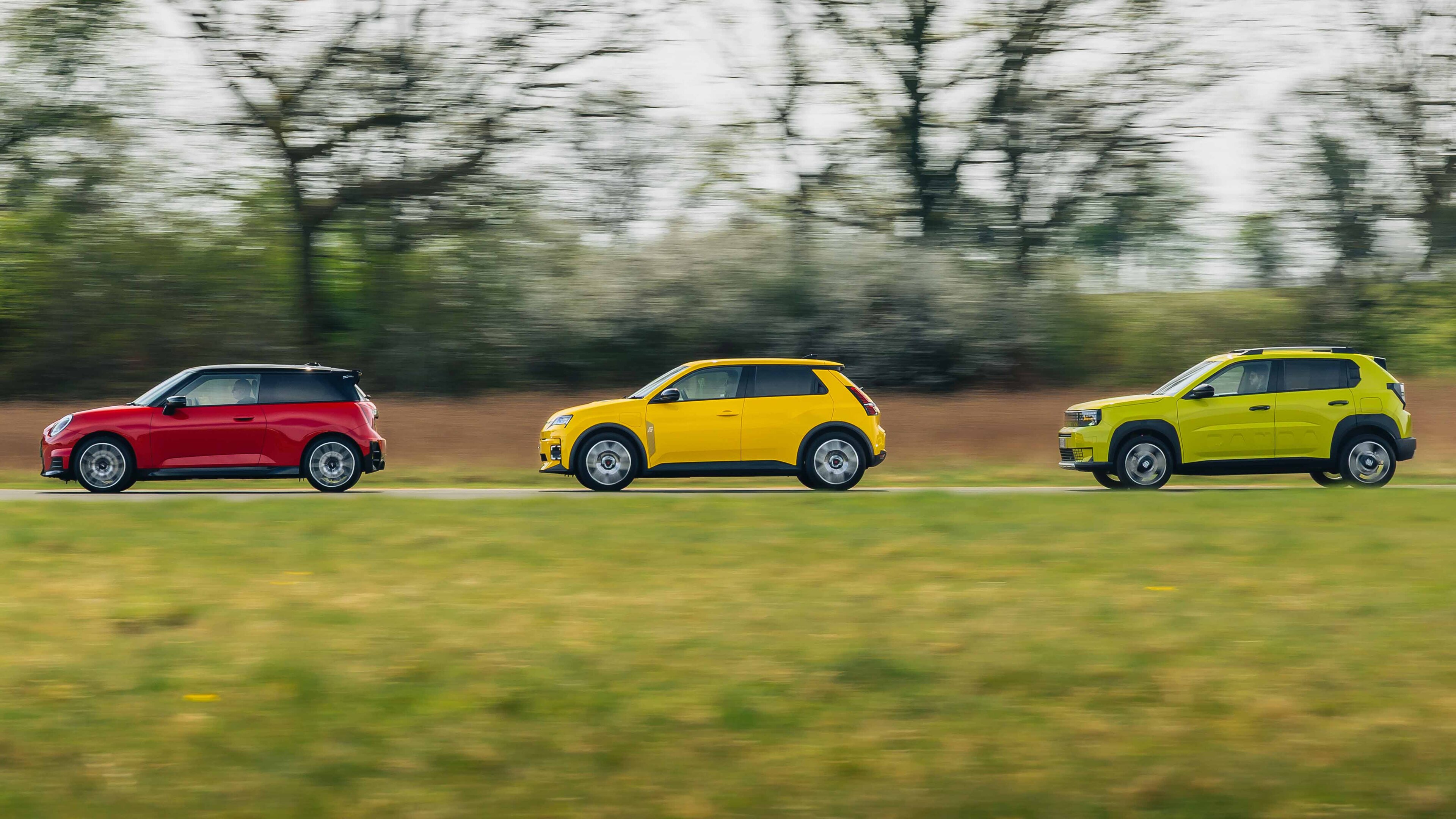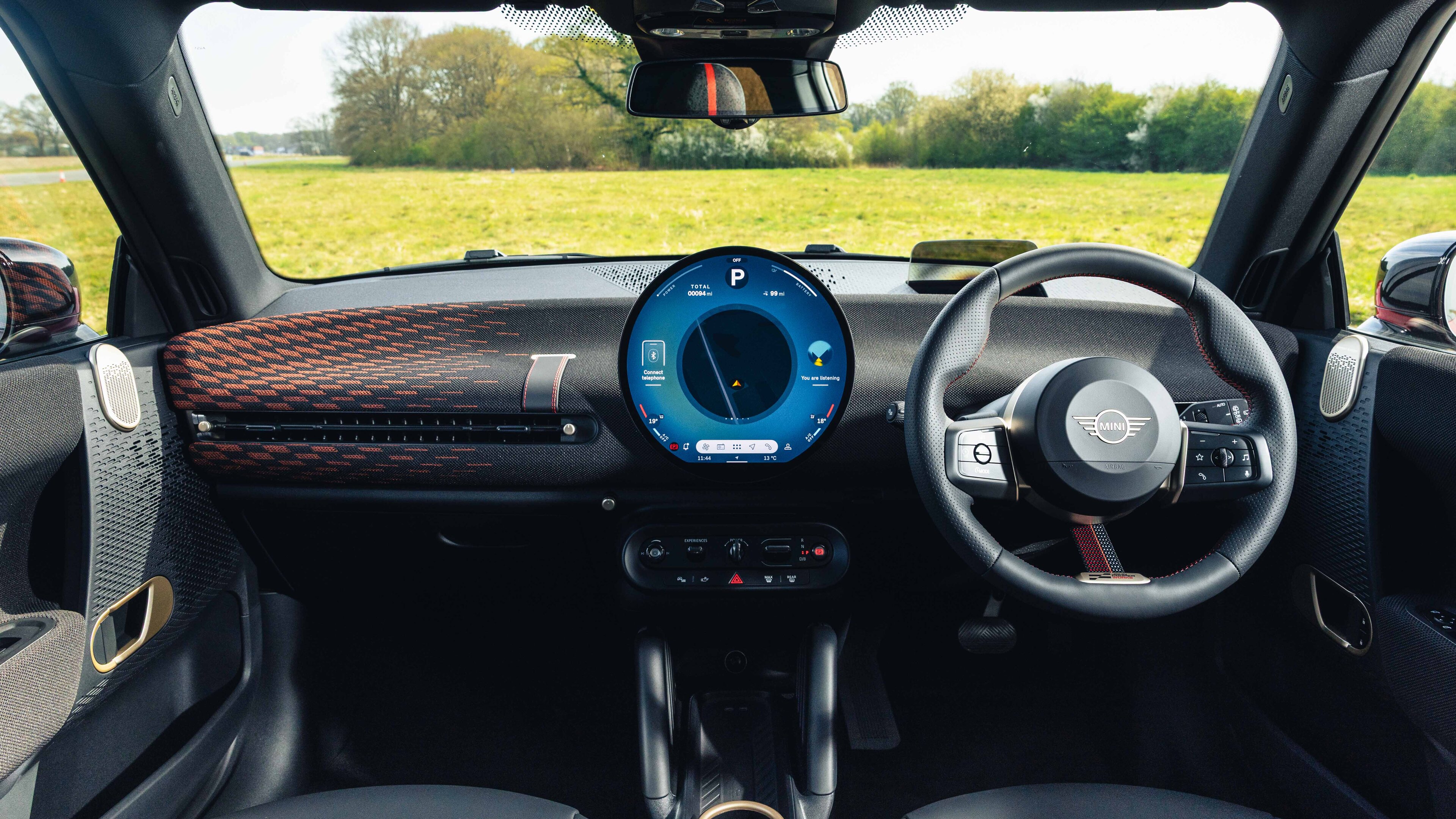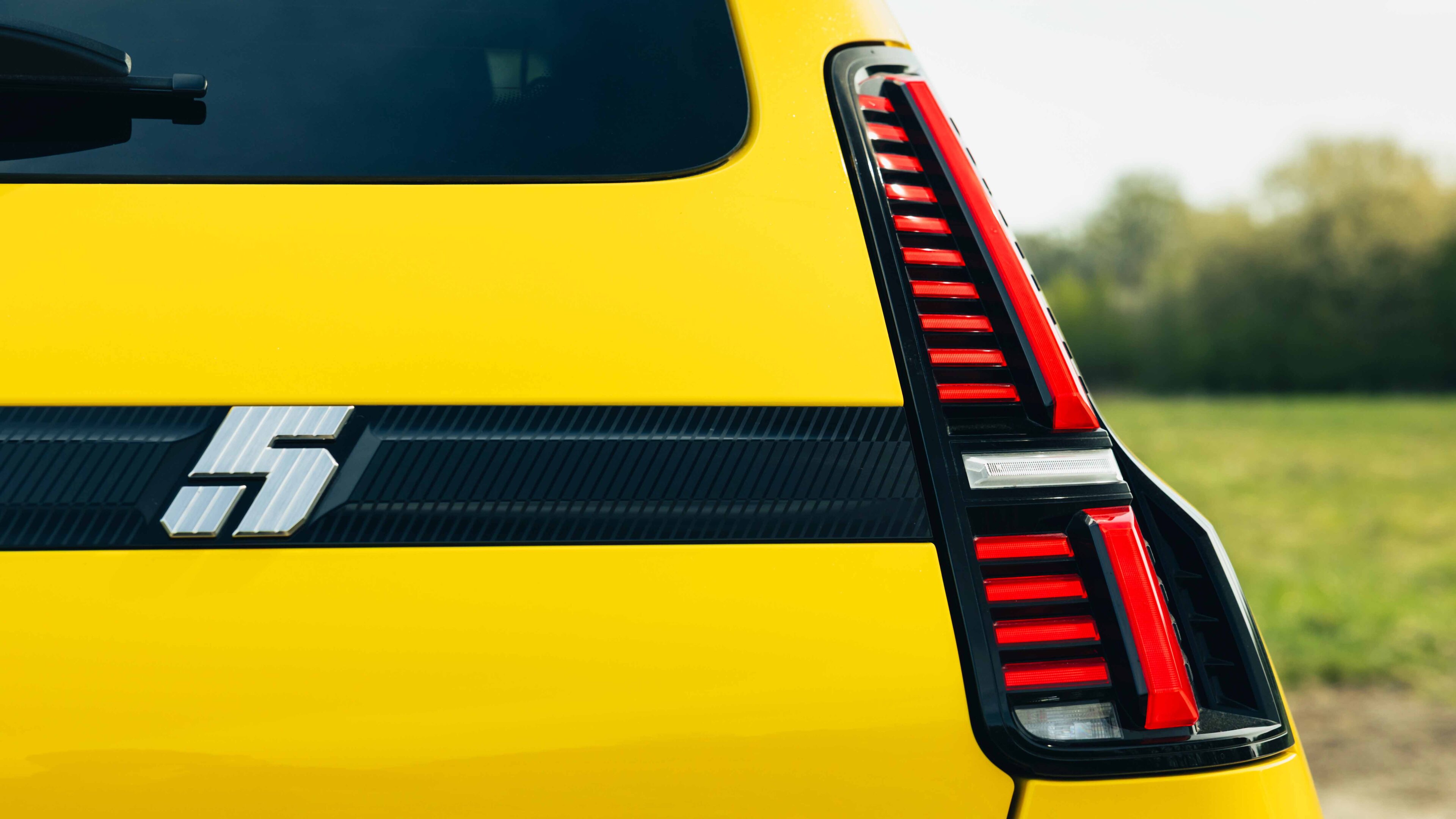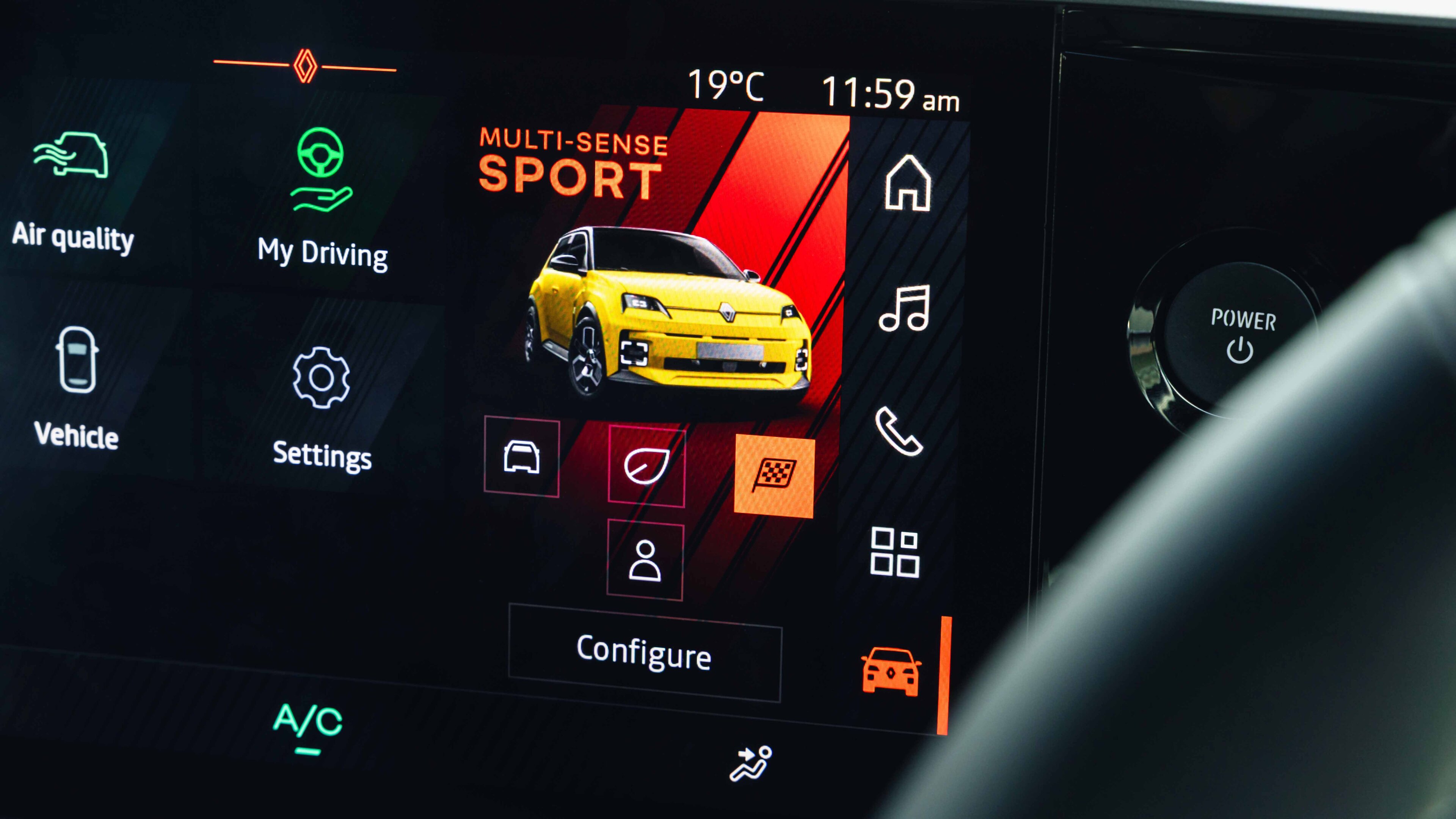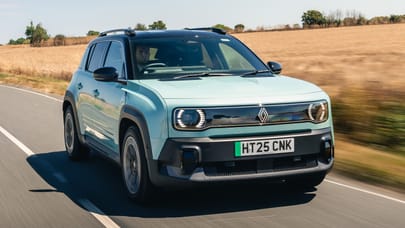
Little mix: what's the best compact EV on sale right now?
Stylish, small, retrofuturistic... these are the EVs that everyone’s talking about. Where should you spend your hard earned cash?
Before you cry foul... yes, we know this page is a playing field that’s badly unlevel. The price of this top of the range electric Mini is half as much again as this electric Panda. It’s not a normal comparison test. We’re here to show how much choice there is amongst desirable little cars. I don’t just mean in the way they look, either, but also how you interact with them and drive them. These aren’t just cars, they’re characters, somehow animate. In an age where the global auto biz has decided – because it thinks you have decided – that what you need is a blobby crossover with a generic twin screen interface and blasé dynamics, that’s a relief.
If you really want to save money, the Grande Panda is for you. There’s a cheaper trim than this one, called Red, at £20,995. It has the same power and the same 199 miles of WLTP measured range as this top spec La Prima version. The Red is the one to buy because the Grande Panda, like all Pandas through history, feels cheap because it is. It doesn’t insult you with the notion that cheap is boring. The Red saves money by rolling on (perfectly attractive) white steel wheels and goes without the roof rails and heated seats, its climate control is manual and its centre screen has no built in satnav but you’ll be mirroring your phone anyway.
Good design costs nothing. The sheet metal is neat and chunky. Pixel motifs for the lights are copied in the cabin vents. A homogeneous set of rectangles with semicircular ends covers off the dash, binnacle, lower console and door handle plinths. The cabin trim isn’t made of expensive multilayered soft plastics, but the textures, like the shapes, make it obvious the designers thought about it, and they nudge you with endless Fiat logos carved into the plastic and fabric and very panels of the bodywork. Behind the Fiat lettering on the front hides the Panda’s brilliant unique feature, a fixed spiral wound charge cable. You pull it out, plug in, then watch it twang back in afterward, saving you from the grimy inconvenience of coiling it into the boot.
Photography: Jonny Fleetwood
The Renault feels more expensive, but it’s still value. Base price is £22,995, but stepping up another £4k to the tested 5 Techno’s price of £26,995, you get useful extra kit and meaningfully more electric range – 254 miles per WLTP. The 5’s design leans on Renault’s historical 5s, but not in particular on a single version or generation. It’s a modern shape, but with a bunch of samples in the mix.
Inside, the R5 uses cloth and stitching to set an effectively chic, upmarket vibe. Its centre screen is easy to use and has intuitive Google-based navigation that arranges charge stops. But the graphics on its driver’s screen are a fussily distracting series of oblique stripes. Still, the info’s all there once you look past that.
The latest generation of Minis does well to move on from the slightly slavish retro of previous generations. The cabin is properly modern and interesting in its use of cloth that’s given depth by graded colour weaves. The round screen is a silly idea, or at least an interesting idea that they didn’t quite find a way of making best use of. This test version has a headup display, and while in most cars that’s a bit superfluous, here it’s all but vital.
The Mini also has the fewest switches, and leaves you fumbling in screen menus too often. That said, it’s better than it first seems because some of the switches, for the lights for instance, also pull up screen shortcuts. There’s a quick menu key that takes you close to, if not quite actually at, the point where you can turn off lane assist and speed buzzers. The Renault and Fiat do this more simply with their actual buttons. Renaults have more hardware switches than almost any car on sale these days, plus a copse of column stalks, and we like them for it. The Fiat has fewer, but then it has far fewer software systems for you to control. It’s a wonderfully Zen car: no drive modes, no configurable displays, no paralysis of choice.
Top Gear
Newsletter
Thank you for subscribing to our newsletter. Look out for your regular round-up of news, reviews and offers in your inbox.
Get all the latest news, reviews and exclusives, direct to your inbox.
The Mini and R5 sit you low down so you feel sporty and connected. The Panda has no interest in being sporty, so you’re higher, with a better view. In the back, the Mini has just two seatbelts but grownups can fit as well as they can in the Fiat, which is probably too narrow for three. The Renault is wider but squeezes your shins and feet. If you need a lot of bootspace, forget the Mini altogether.
On the move, the Fiat does nothing to dent the air of good cheer. Its gait is soft and its pace slow. You’re untroubled by power understeer because there’s so little power. See also torque steer. So you just throw it down the road, and mostly it maintains decorum. Steering and brakes are light but progressive, so it’s easy to build up the loads smoothly. The long travel suspension lets the body move around a bit, but not in a way that deflects your course. It takes quite big hits and severe cambers without much complaint. There’s little audible commotion either, so the general impression is that it’s a solidly made article. If you want to know why it’s often more fun to drive a slow car as fast as it’ll go than a fast car slowly, take a Panda down a bumpy rural road.
Look at the gaps between wheels and arches in the Fiat, and the same in the Mini. Right there is how their approaches to suspension dynamics differ. The Mini is wide, squat, unyielding. Which makes it quick witted and grippy on the smooth roads that our country conspicuously lacks. On a less pristine surface it pogoes with the undulations, and, worse, gets knocked off course if one front wheel hits a bump or dip. The steering doesn’t help.
Either side of the straight-ahead, the steering isn’t quick, so it stays stable on motorways. But add lock and it suddenly dives overeagerly into the arc. If that coincides with a bump that knocks you into the apex, or you get too eager with the accelerator and bring on the torque steer, then suddenly it’s all a bit of a handful. This is the Mini Cooper E with the JCW pack. Cooper SE offers more power, John Cooper Works spec more again. They’re 184, 218 and 258bhp. Things just seem a bit overwrought with the JCW. But then, the three cylinder petrol Coopers were usually more fun than the top power fours.
The Renault sits neatly in the middle of the Fiat and Mini for performance and suspension firmness, but down a road it has a harmony and neatness of motion neither of them can match. It’s tautly sprung like the Mini, but has better travel over big bumps, and is far less knocked off course when it hits a bump while busy doing something else – turning or braking or accelerating. The damping is fluid and mature. So you feel confident in working it hard, and finding its precise and slightly playful reactions to on/off accelerator inputs as a way of trimming the cornering line. It’s a sophisticated car.
Unsurprisingly the battery capacity and performance of these three as tested rises with price. The Panda has 43.8kWh for 199 miles, taking 11.0secs to 62mph. The Renault’s 52kWh are good for 254 miles and 7.9secs – it feels as much quicker as the numbers suggest, with a hit of motorway power too. Mini E is swifter than you think for a base car – 62mph takes 7.3secs. Want more pace? You have choice. All have 49.2kWh for – depending on tyre size – up to 250 miles of range.
The Mini and R5 can comfortably operate at motorway overtaking speed, making little noise. But that’ll impact range. The Panda, as its power tapers away after 60mph-odd, will probably see you cruising more slowly than the other two, and getting closer to its WLTP range.
The 5 is the best car here, justifying its price over the Fiat. The fact it’s better than the dearer Mini is also a big win
The reason we urge you to go for the cheapest Panda is that it’s the clear bargain. The spec tested here is the same money and range as the cheapest small battery R5. But the R5 is a better car. Meanwhile the cheapest electric Mini is £29,420 – about the same as the R5 in this tested spec (Techno, bigger battery, more power) – but has Panda-like range.
When people complain electric cars are expensive I always say, “Yes, but that’s because all cars are expensive". Match the spec and power of a petrol Corsa to the R5 here and the sticker price is the same too. The Panda is different. Choose the Red spec and it’s significantly cheaper than the others, but it’ll still make you happy.
The 5 is the best car here, justifying its price over the Fiat. The fact it’s better than the dearer Mini is also a big win. So it’s the best of these three.
Trending this week
- Car Review
Volvo ES90





